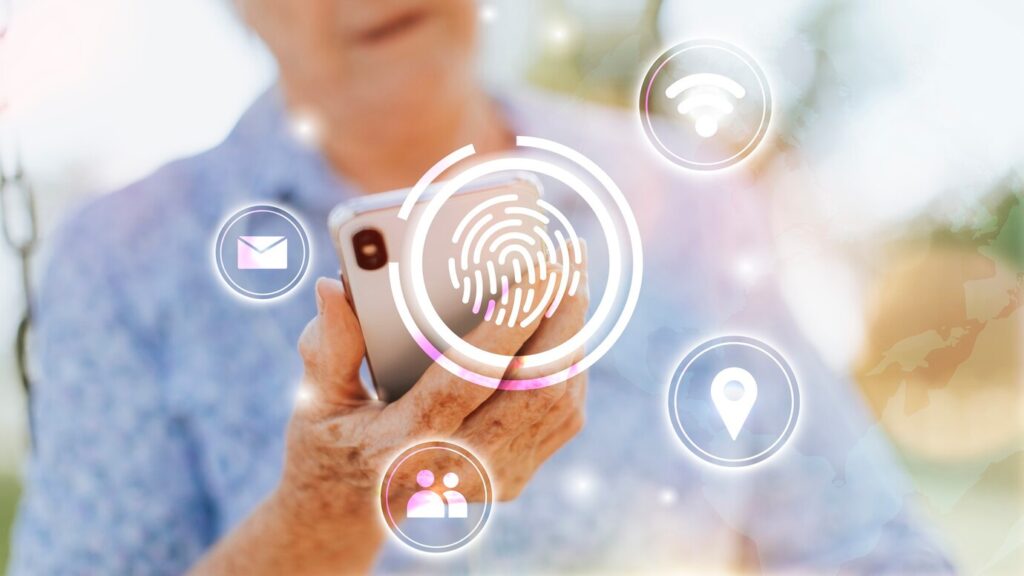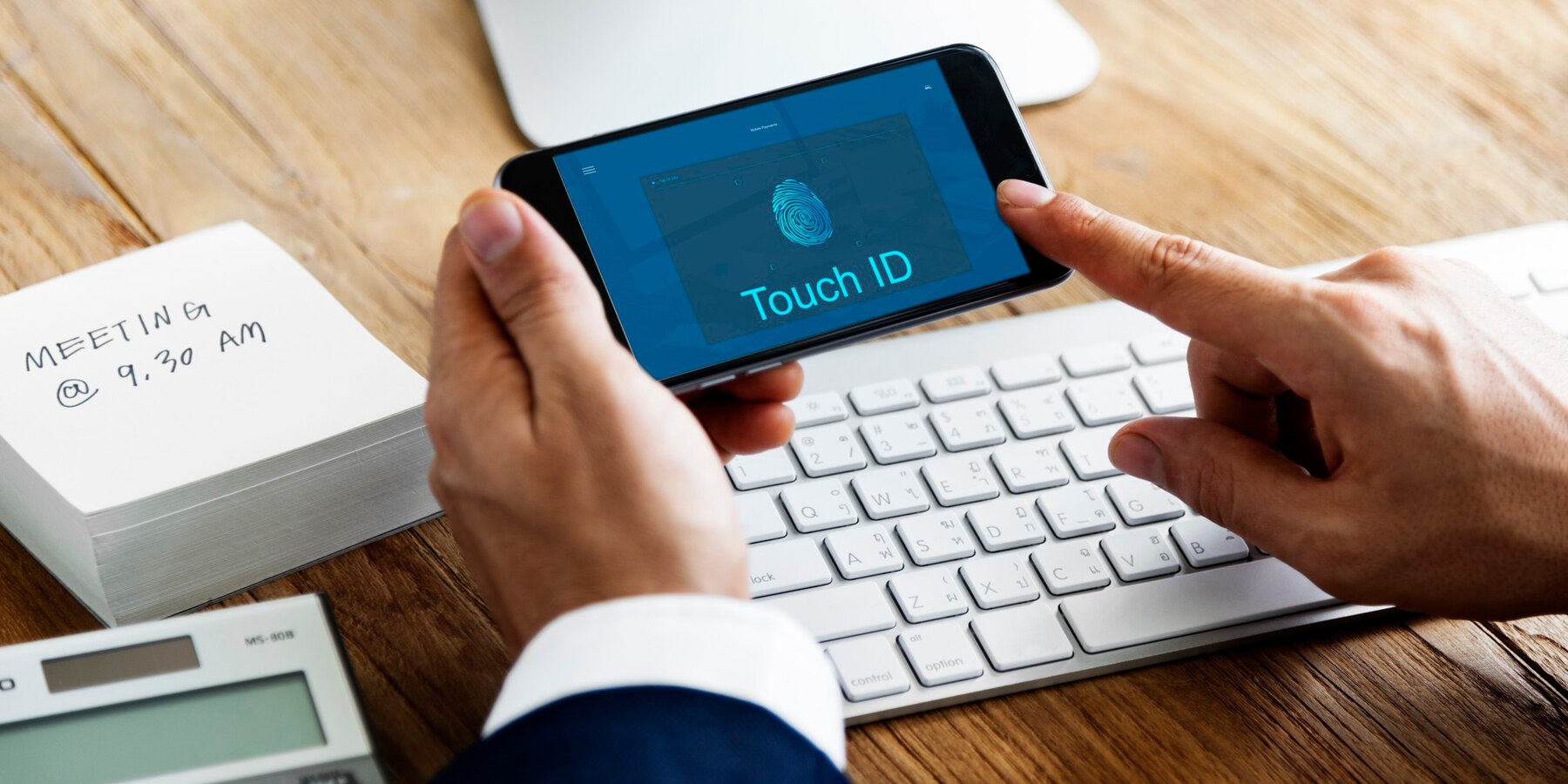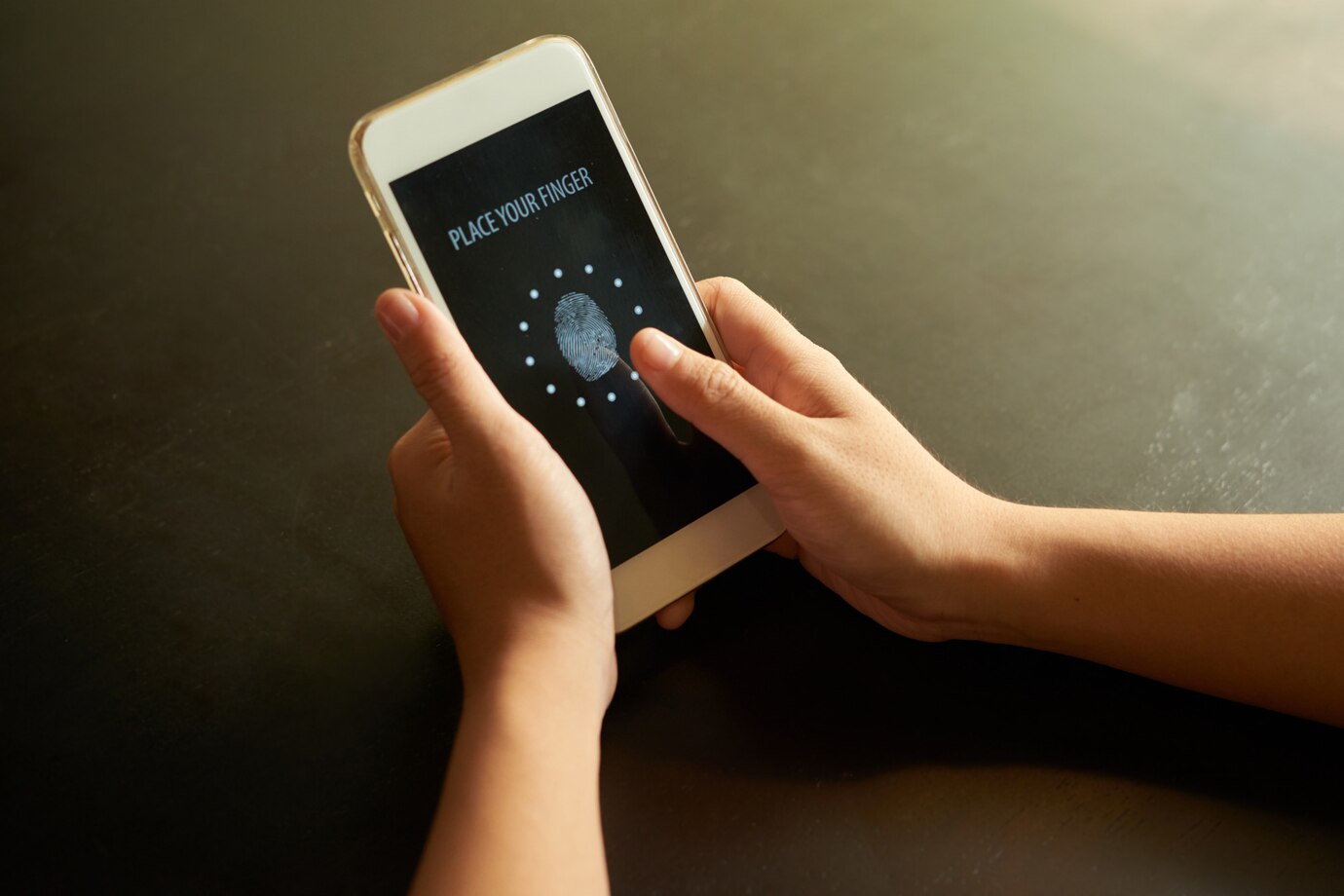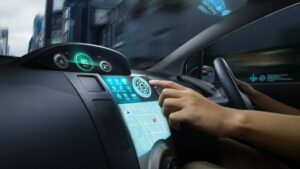The Technology Blog

The Future of Biometric Authentication in Smartphones
Smartphones are an essential part of our lives. The need for secure and efficient authentication has increased. We use it for communication, shopping, banking, and more. Passwords and PINs are no longer enough. Biometric authentication is a technology that unlocks devices using unique physical traits. It helps verify identities. It’s fast, convenient, and more secure in many ways.
But where is this technology heading? In this blog, we’ll look at biometric security in smartphones today. We’ll also discuss how it may change in the future.
What is Biometric Authentication?

Biometric authentication uses measurable biological characteristics—such as fingerprints, facial features, or iris patterns—to identify individuals. Unlike passwords, these identifiers are difficult to replicate or steal.
Common Biometric Methods Used in Smartphones
- Fingerprint Recognition: One of the earliest and most popular methods. Most smartphones today come with built-in fingerprint scanners.
- Facial Recognition: Popularised by Apple’s Face ID, facial recognition maps key features to authenticate users.
- Iris Scanning: Less common but highly accurate, this technology scans the unique patterns in the iris.
- Voice Recognition: Some devices use voice as an authentication factor, though it’s not as widespread.
The Shift from Fingerprints to Facial Recognition
Initially, fingerprint scanners were the gold standard in mobile security. They were reliable and easy to implement. But as full-screen phones became popular, companies looked for alternatives that wouldn’t interfere with screen space.
Advancements in Facial Recognition
Facial recognition technology has improved significantly. New systems use 3D mapping, infrared sensors, and AI. They can tell the difference between real faces and photos or masks. Apple’s Face ID, for example, projects over 30,000 dots onto the user’s face to create a detailed map, making spoofing extremely difficult.
Facial recognition is also contactless, which became an advantage during the COVID-19 pandemic. However, it does have limitations—such as struggling to recognise faces with masks or in low lighting.
In-Display Fingerprint Sensors
While facial recognition grew, fingerprint scanning didn’t disappear—it evolved. Newer smartphones feature in-display fingerprint sensors, particularly those with OLED screens. These sensors allow manufacturers to maintain full-screen designs without compromising on security.
There are two types of in-display scanners:
- Optical: Uses light to scan fingerprints. They’re generally faster but slightly less secure.
- Ultrasonic: Uses sound waves to create a 3D image of the fingerprint. More secure and works better with dirty or wet fingers.
Multi-Factor Biometric Systems
Relying on a single biometric factor isn’t foolproof, which led to multi-factor authentication systems, which use two or more identifiers. For example, a device might require both fingerprint and facial recognition to unlock or approve payments.
This method boosts security. It also lowers the chances of false positives and unauthorized access. We’re likely to see more phones adopt this in the near future.
Biometric Data and Privacy Concerns
Biometric authentication is safer than traditional passwords. However, it also raises worries about privacy and data protection. Once compromised, a fingerprint or facial map can’t be changed like a password.
How Manufacturers Address Security
Smartphone makers now use secure hardware modules. For example, Apple has the Secure Enclave, and Android uses the Trusted Execution Environment. These modules store biometric data right on the device. This means your biometric information never leaves your phone or goes to the cloud, reducing the risk of hacking.
Regulations and best practices are changing to improve how we handle biometric data. In the EU, biometric data is protected by GDPR. This law requires clear consent for collecting and using such data.
AI and Machine Learning in Biometric Security
Artificial intelligence is playing a larger role in improving biometric systems. AI helps devices learn and adapt over time, improving accuracy and speed. For instance, facial recognition systems can adjust to changes in your appearance—like a new haircut or wearing glasses.
Machine learning helps spot spoofing attempts. It does this by noticing small differences between real and fake biometric inputs.
The Role of Biometric Authentication in Mobile Payments
Biometric security is key for mobile payment systems such as Apple Pay, Google Pay, and Samsung Pay. Authorising transactions with a fingerprint or face scan adds security and convenience.
As mobile wallets gain popularity, biometric authentication will be crucial for safe and easy payments.
Emerging Trends to Watch
Behavioural Biometrics
Instead of relying solely on physical characteristics, some companies are exploring behavioural biometrics. These include:
- Typing patterns
- Swipe gestures
- How a device is held
We monitor these traits all the time. They help us spot unusual behavior. If we find something odd, we can trigger extra verification.
Biometric Cryptography
Some researchers are working on combining biometrics with cryptographic keys. This method lets biometric traits create encryption keys, boosting security without saving the real biometric data.
Integration with Wearables
As smartwatches and fitness bands evolve, they unlock new possibilities. Imagine a smartwatch that tracks your heart rate or a unique walking pattern. These devices could serve as personal biometric keys, proving your identity. They create a digital fingerprint just for you with every heartbeat and step. The future of authentication is not just smart; it’s personal.
Challenges and Limitations
While biometric authentication is advancing, it’s not without issues:
- False Positives/Negatives: Devices might not always recognise a valid user. They can also wrongly accept an unauthorised one.
- Spoofing Attempts: Despite improved tech, no system is completely immune to being tricked.
- Accessibility: Some people with disabilities or injuries may find using fingerprint or facial recognition systems hard.
Addressing these challenges will be crucial for wider adoption and better user experience.
The Road Ahead: What the Future Holds
Biometric authentication is already a key feature in smartphones, but its role will only grow. In the future, we can expect:
- Wider use of AI and machine learning to enhance accuracy and adapt to users over time.
- Secure identity verification is critical for better integration with financial and health services.
- Cross-device authentication allows users to unlock multiple devices using a single biometric signature.
- Higher privacy standards, including improved local storage, encrypted data, and compliance with global regulations.
As smartphone capabilities evolve, biometric systems will become faster, smarter, and more secure. Convenience and safety will go hand-in-hand, making manual passwords increasingly obsolete.
Conclusion: Biometric Tech Will Define Mobile Security

Biometric authentication is no longer just a fancy feature—it’s a necessity.
Smartphones hold more and more personal treasures. So, the need for secure and easy access grows stronger. Fingerprints, facial recognition and voice recognition mark just the dawn of a new era. AI systems, multi-factor verification, and behavioural biometrics are on the rise. So, we are quickly moving toward a future where mobile security is strong and smart.
Biometric technology makes unlocking your phone, accessing your banking app, or confirming a purchase easily. This evolution not only eases the process but also fortifies safety. Keeping up with changes in mobile authentication helps users and developers.









